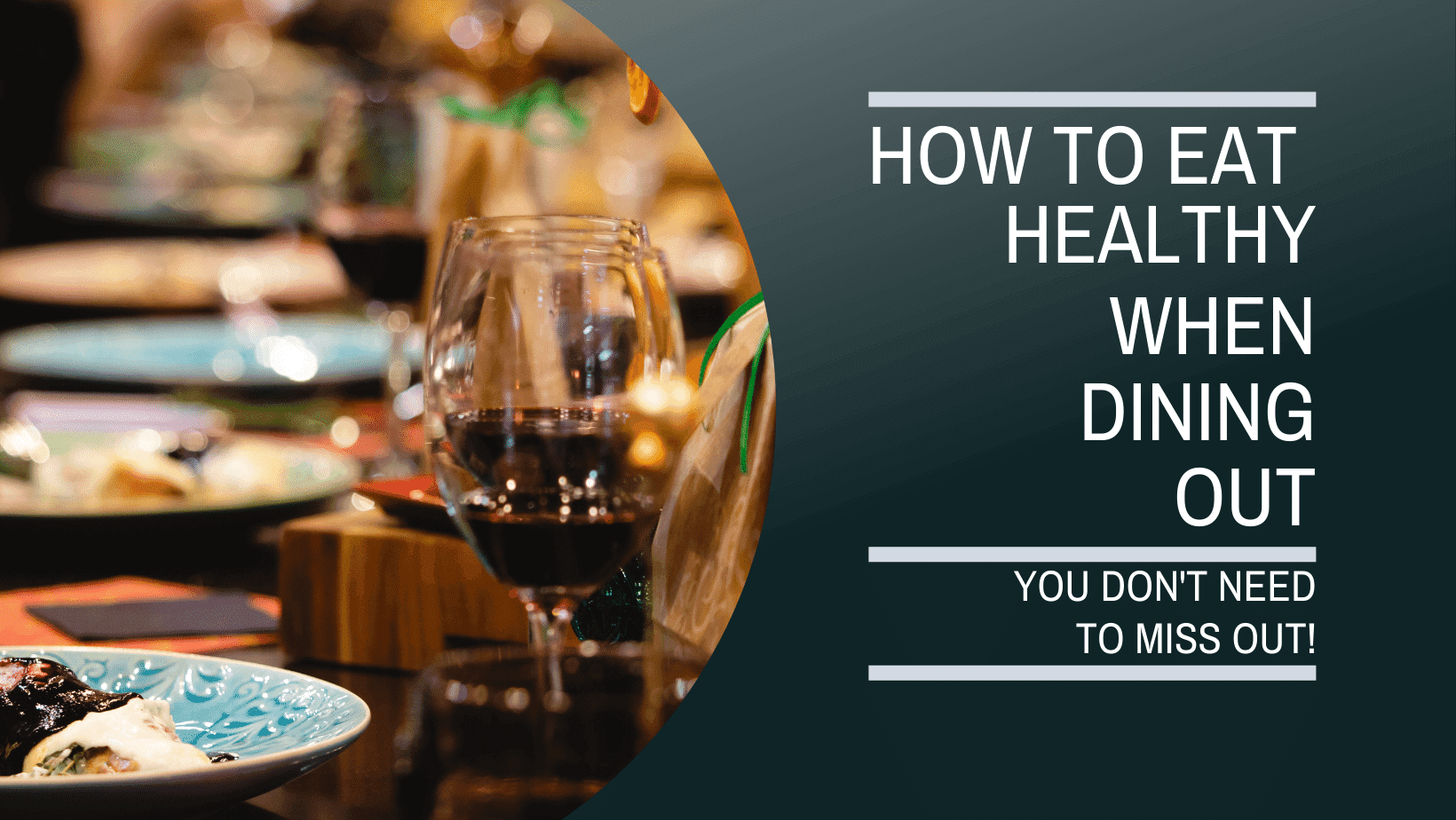How To Eat Healthy When Dining Out
Gastronomic indulgence is an integral part of human life, and it should not be a source of guilt or a disruption to fitness and diet goals. Like a symphony, the right strategies can help to strike a fine balance between savoring the pleasures of dining out and staying on track with health objectives. Here are two key strategies that may help in achieving this harmony.
The Basics Of Healthy Eating When Dining Out
To begin with, it is essential to plan ahead. A good practice is to research menu options before visiting the restaurant – this will give the diner time to make informed decisions about which dishes and ingredients can provide the maximum nutrition without compromising on taste. In addition, it is important to choose restaurants that offer healthy menu options such as lean proteins, fresh vegetables, and whole grain carbohydrates. Eating at home-style restaurants instead of fast food outlets could also be helpful in making healthier choices.
Second, portion control must be taken into account when eating out since restaurant portions are usually larger than what would be served at home. To stay within calorie limits and ensure satisfaction, splitting meals can be a great option – it allows diners to sample different dishes while keeping portions small. Moreover, opting for salad dressings or sauces on the side helps in controlling calories from added fats while still allowing flavorsome additions to meals. Taking these simple steps could thus facilitate mindful eating while dining out without sacrificing dietary goals.
Making Healthy Choices When Dining Out
Coincidentally, dining out presents itself as an opportunity to make healthy choices. It is possible to enjoy a meal out while still following a fitness and diet plan. This article will explore the strategies that can help with making healthy choices when dining out.
The key to successful healthy eating when dining out is being mindful of the ingredients that are used in each dish. For instance, grilled or steamed dishes are usually better than fried options; look for words like “baked”, “broiled” or “poached” on the menu as these indicate healthier preparation methods. Additionally, be aware of unhealthy toppings such as cheese or sauces and ask for them to be served separately so you can control their portion size. Furthermore, it is wise to choose dishes that contain lean protein sources such as fish, chicken or tofu and incorporate plenty of vegetables into your meal.
It is also important to remember that portion sizes offered at restaurants are often much larger than necessary for one person. A good idea is to request a half-portion or ask for the meal to be served in a take-away container before it even arrives at your table – this way you will have leftovers for another meal and won’t feel obliged to finish your plate while dining out. To further reduce calorie intake, skip dessert altogether or opt for a small portion instead. Ultimately, it is possible to make healthier food choices when eating out by being conscious of what you order and understanding portion sizes.
Balancing A Social Life And Healthy Eating
Coinciding with the notion of achieving fitness and diet goals while dining out, it is important to consider the need for a social life. In order to maintain a balance between social activities and healthy eating, one must take into account how to make informed food choices in an environment surrounded by friends or family. You don’t have to miss out, just be smarter about how you order.
When dining out with others, there are several strategies that can be employed in order to remain mindful of the types of food consumed. Firstly, it is beneficial to plan ahead and bring snacks such as fruits or vegetables, which can fill up part of one’s meals. Secondly, when ordering from a menu, it is best to opt for grilled options instead of fried items and to avoid sugary drinks or desserts. Thirdly, it is wise to keep portion sizes in check so that one does not overindulge on certain foods.
By taking into consideration these approaches when dining out socially, one can ensure that they are consuming nutritious foods while still being able to enjoy time spent with their peers. Thus, keeping a balance between social life and healthy eating is attainable with proper planning and preparation prior to social outings.
Tips To Reduce Calories And Sodium When Eating Out
In today’s culture, eating out is often a social activity. However, if you are trying to maintain your fitness and diet goals, it can be difficult to make healthy choices while dining out. This article will provide tips on how to reduce calories and sodium when eating out, so that you can still enjoy meals with friends or family without compromising your health and wellbeing.
To begin with, take the guess work out of ordering and just ask the wait staff which meals are the light ones and if necessary ask about the ingredients. By doing this, you will know exactly what ingredients are in each dish and how many calories the meal contains. Some chain restaurants have their calorie contents listed in MyFitnessPal as well which makes it easy. Additionally, opting for dishes that use lean proteins such as grilled chicken or fish can help keep caloric intake lower than those that contain red meat.
Similarly, choosing steamed vegetables over fried options is another way to reduce calorie content. In addition to keeping an eye on calories, individuals should also pay attention to sodium levels when dining out; specifically looking at items such as salad dressings which can be high in sodium. To reduce sodium intake without sacrificing flavor, opt for a vinaigrette dressing instead of creamy ones such as ranch or Caesar dressing.
By eating mindfully and making informed decisions when dining out, you can still enjoy savory meals with friends or family while staying within your dietary goals. Therefore, it is possible to maintain a social life while also taking steps towards a healthier lifestyle.
Being Mindful Of Portion Sizes
While dining out can be a fun way to socialise with friends and family, it can also present challenges when trying to maintain fitness goals. Being mindful of portion sizes is one way to reduce calorie and sodium intake while eating out.
Understanding what a “normal” portion size looks like is an important first step. A standard serving size of meat or poultry is about 150 grams – about the size of the palm of your hand. A single pancake should be about the span of your hand in diameter and 2cm thick. Additionally, when ordering from a menu, ask for dressings and sauces on the side as this will help to control how much is consumed with each bite.
Ordering smaller portions or sharing meals are other options that can help reduce total calories and sodium while dining out. If trying to reduce the overall calorie content you consume over the outing you can always ask for half portions or order an entrée-sized meal. Another way to reduce calories is of course by leaving some food on the plate. You don’t HAVE tp eat everthing – you could also go halves with someone if you’re concerned. Asking for a box so that food can be taken home allows individuals to enjoy their meals without overeating. Keeping these tips in mind when eating out can help maintain nutrition goals while still enjoying the experience.
Conclusion
In conclusion, dining out without compromising fitness and diet goals is possible with a little bit of knowledge and willpower. By understanding the underlying strategies to stay on track while eating out, such as making healthy choices, balancing a social life and healthy eating, reducing calories and sodium when eating out, and being mindful of portion sizes, anyone can enjoy their favorite restaurant meals without feeling guilty or straying too far from their fitness and diet goals.
By taking small steps towards healthier dining habits you can still enjoy the occasional indulgence with family or friends while keeping your fitness and diet objectives in check. After all, living a healthy life doesn’t have mean completely cutting out the things you love – just finding ways to enjoy them in moderation.











